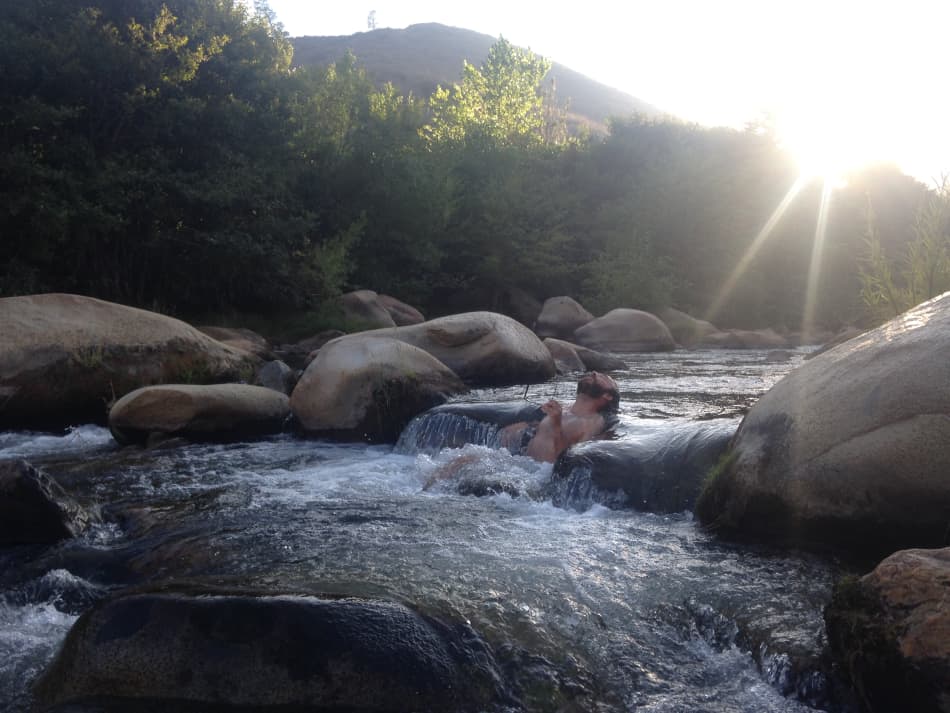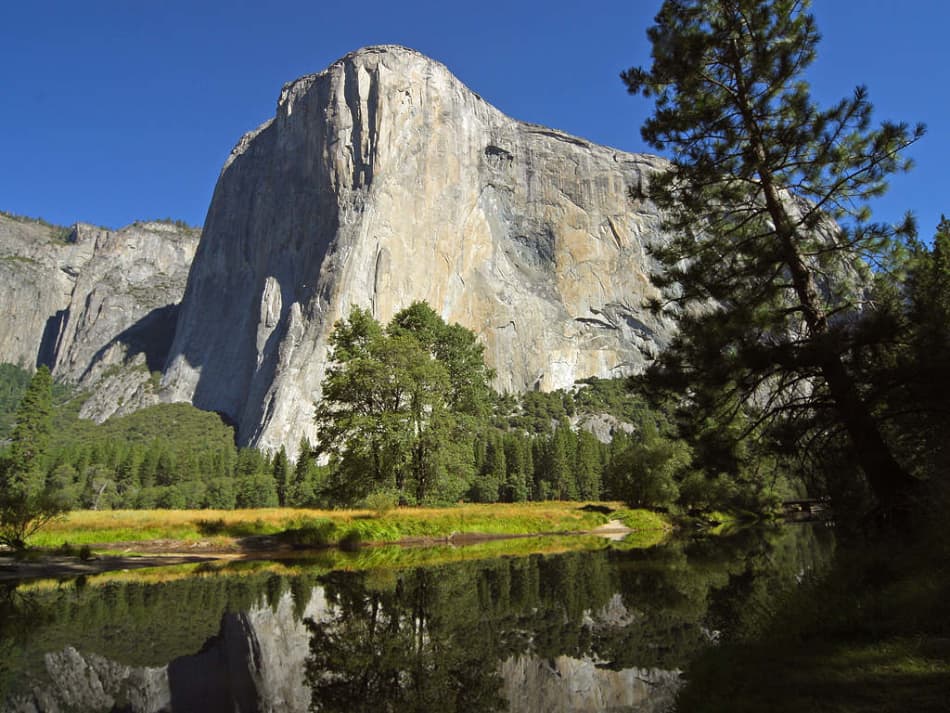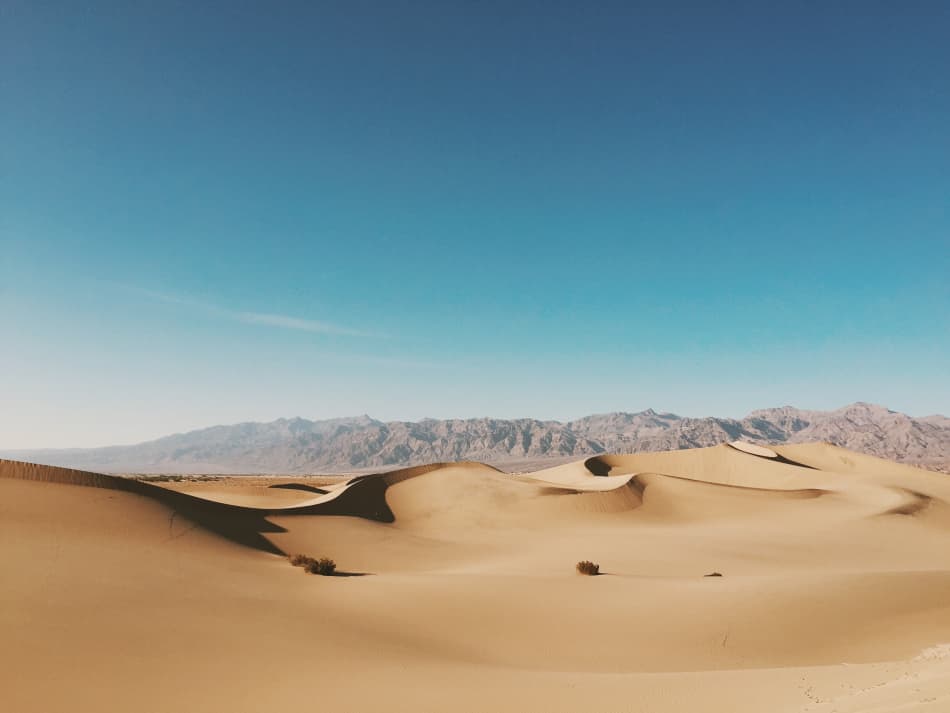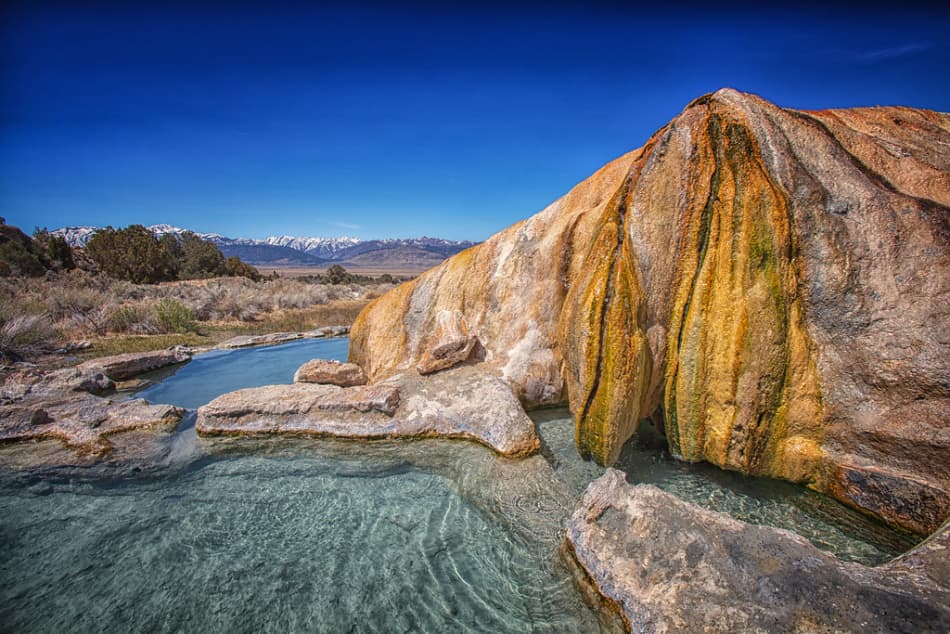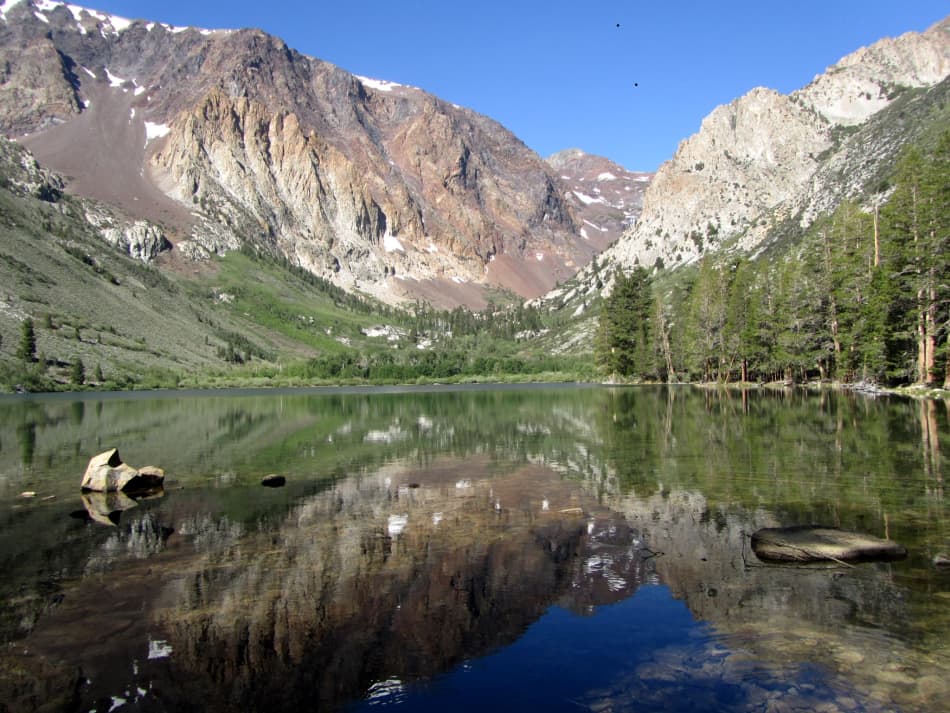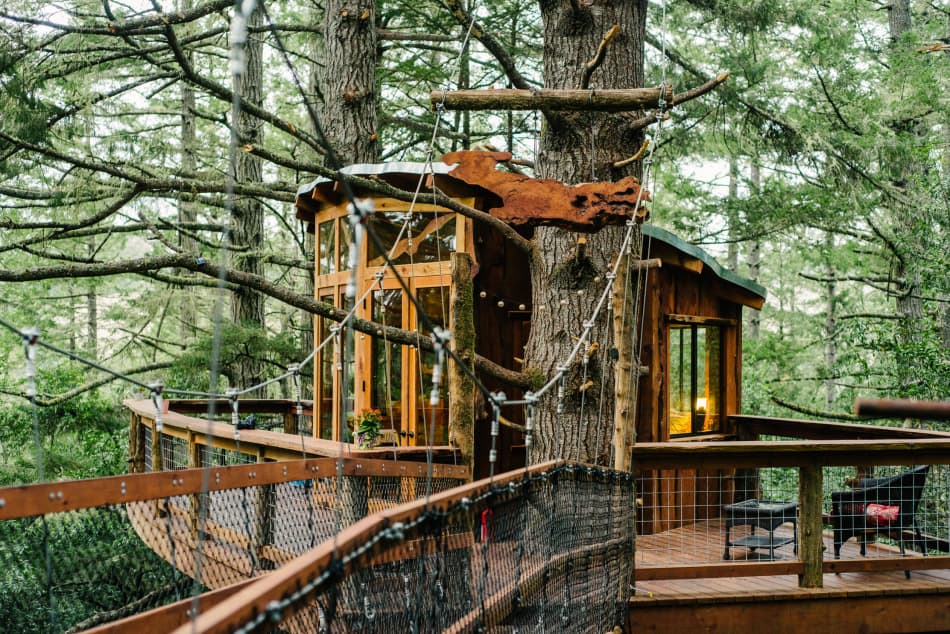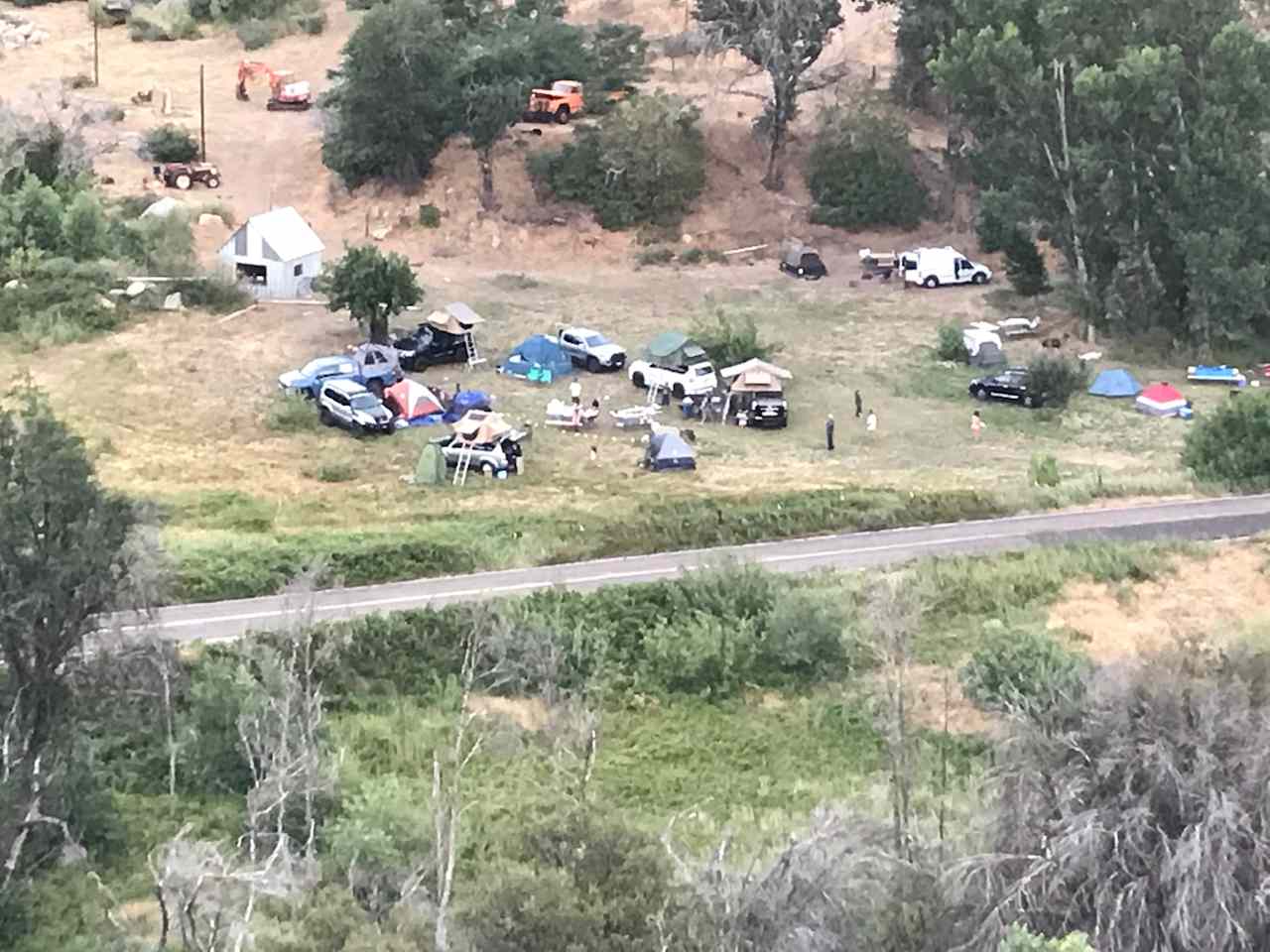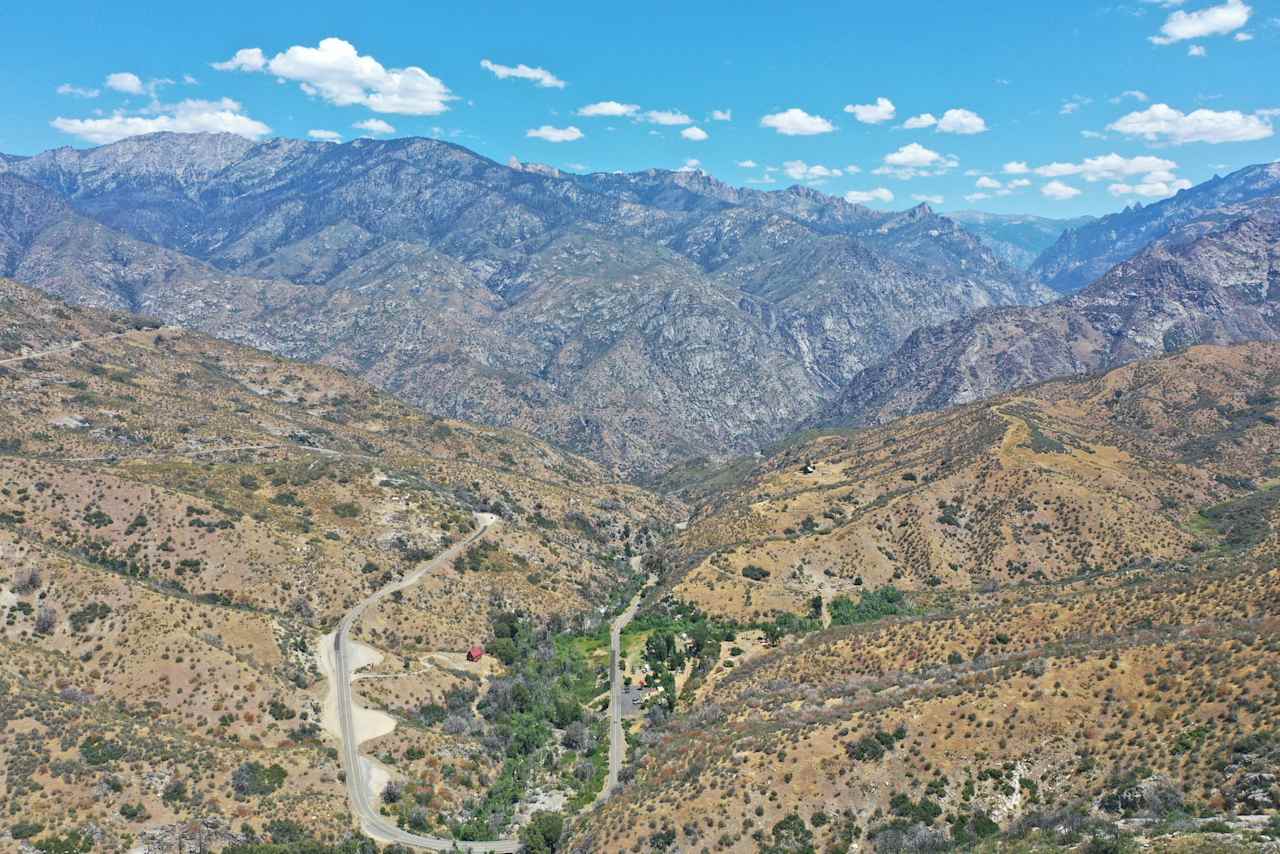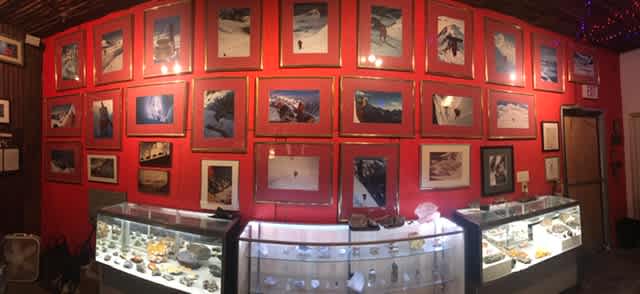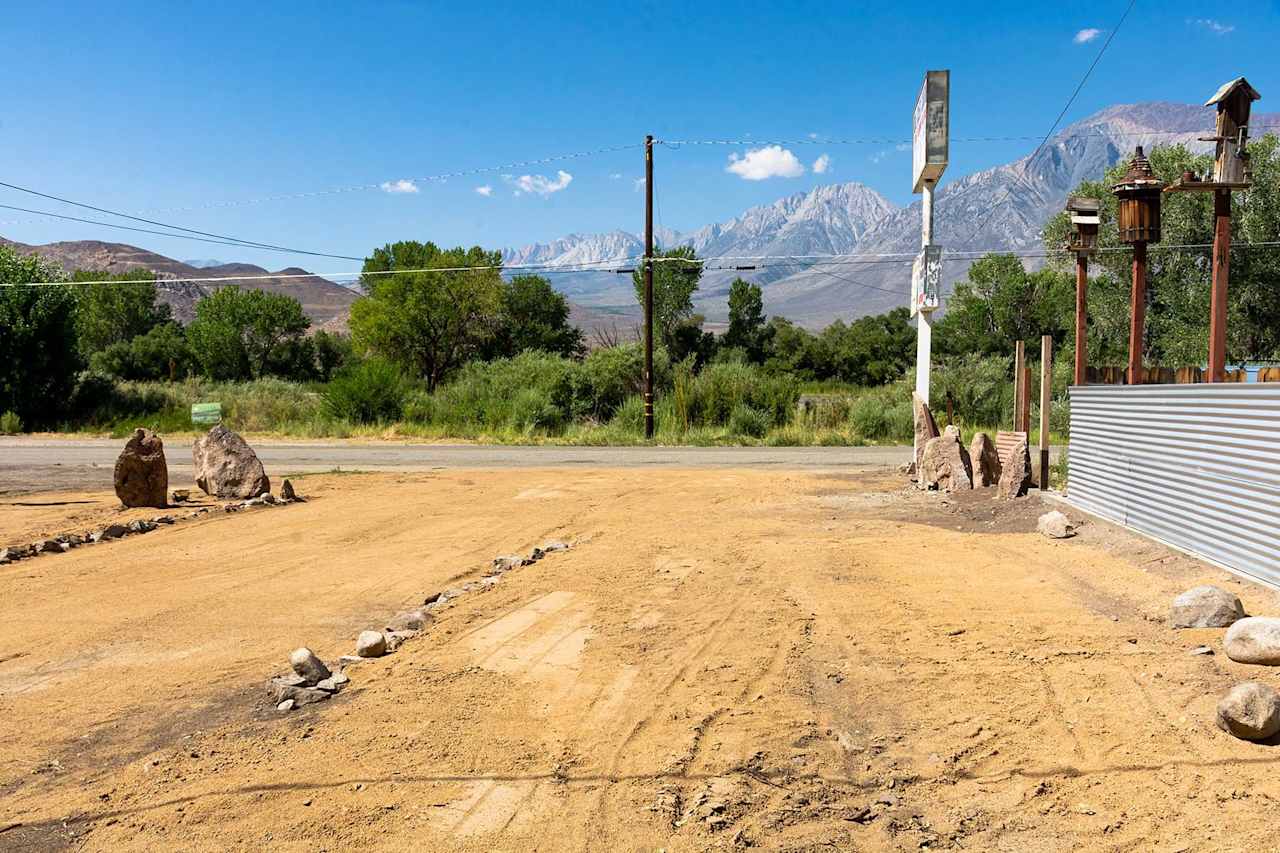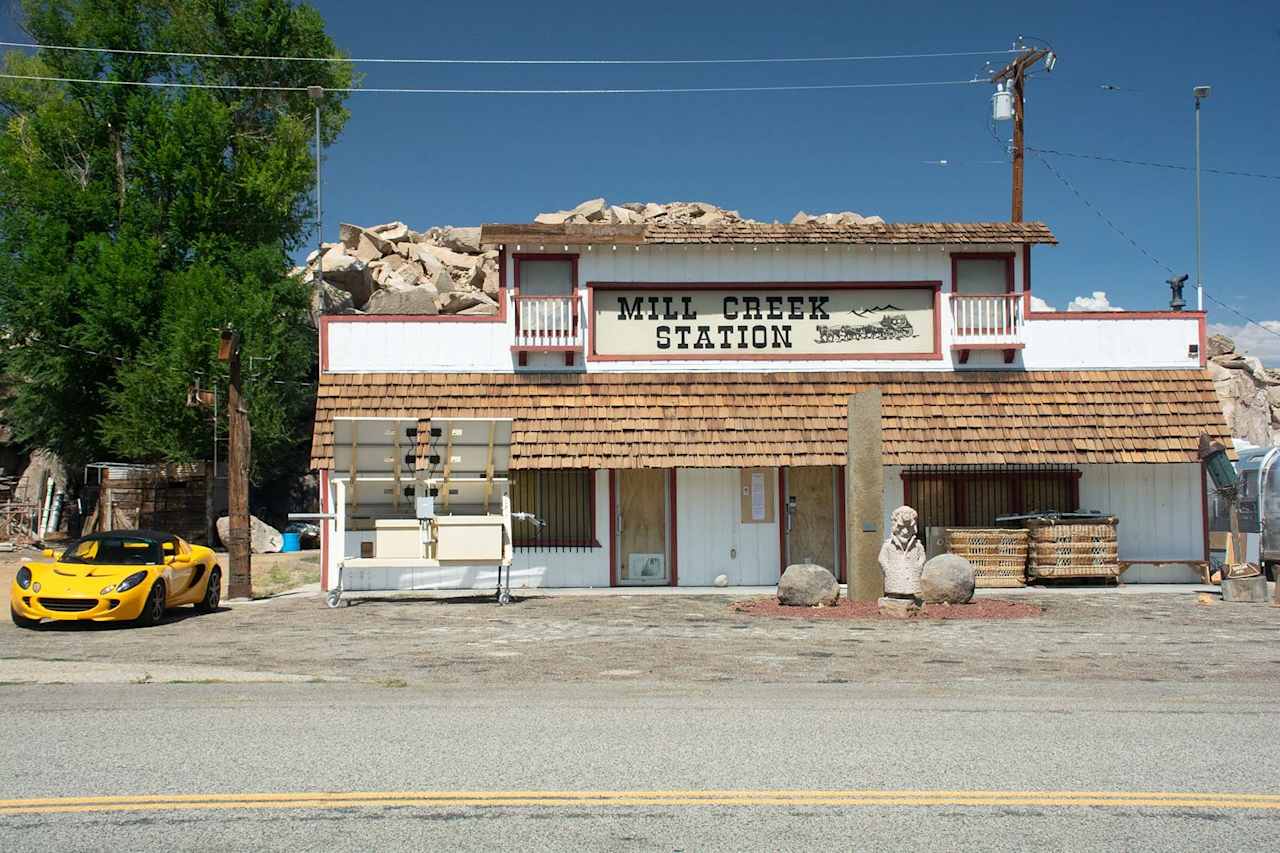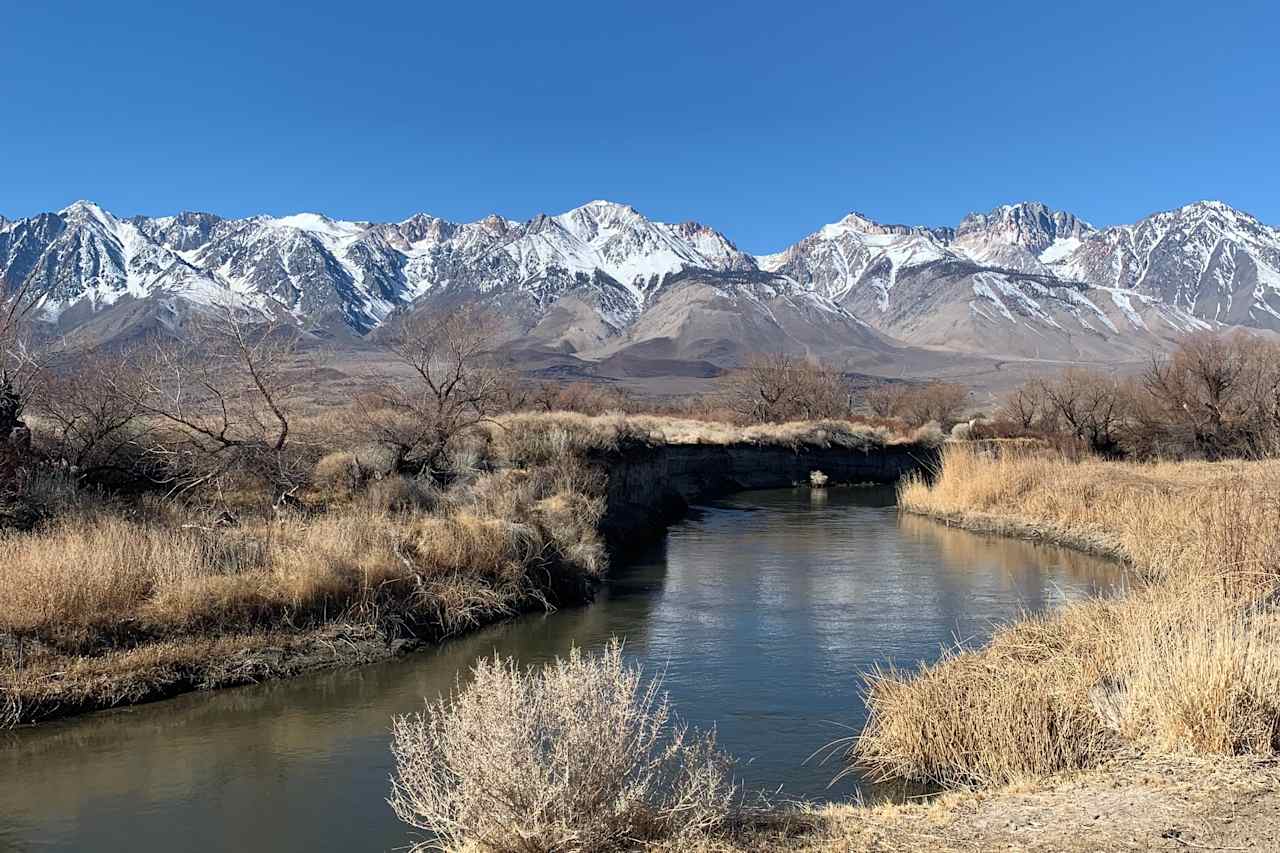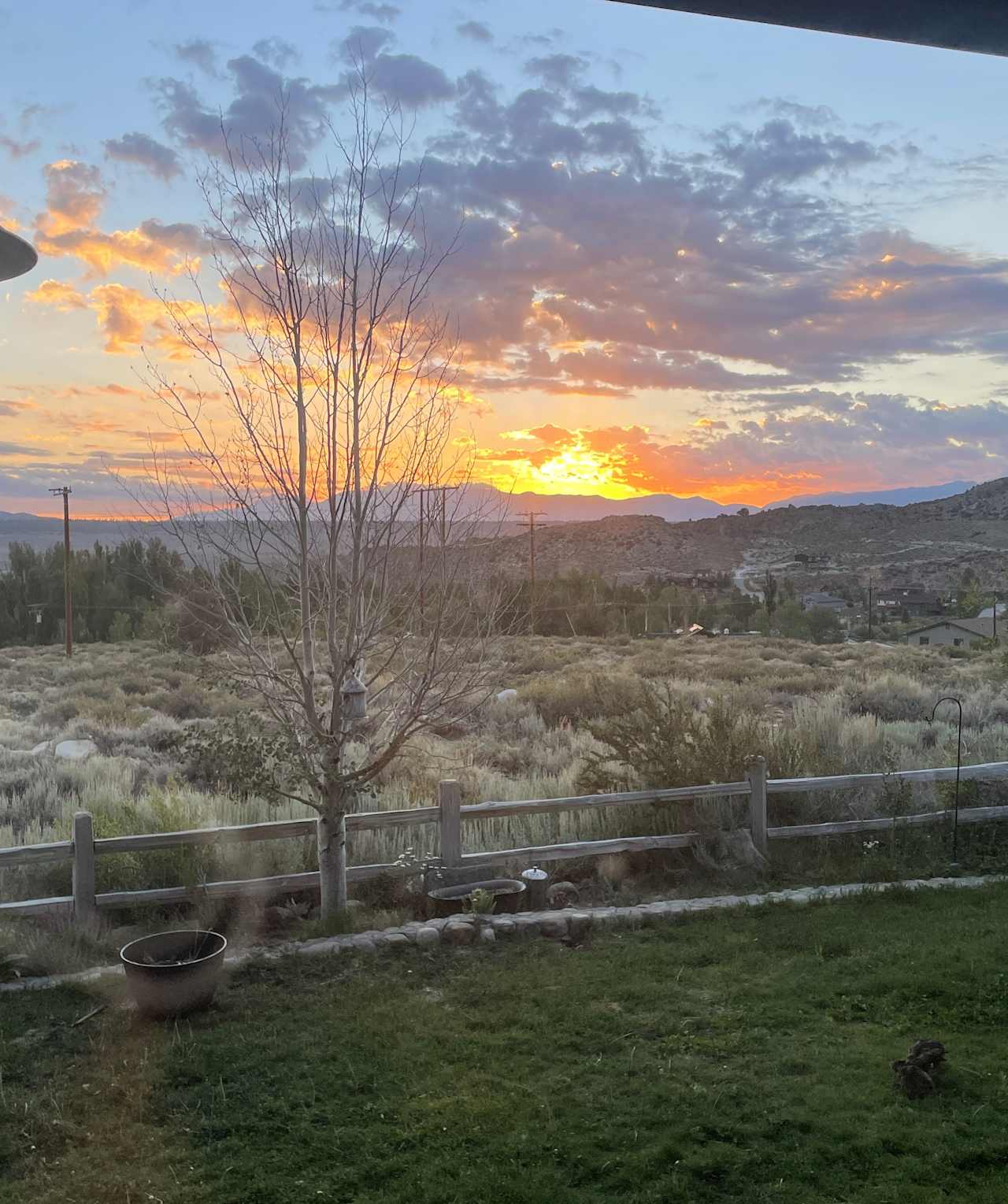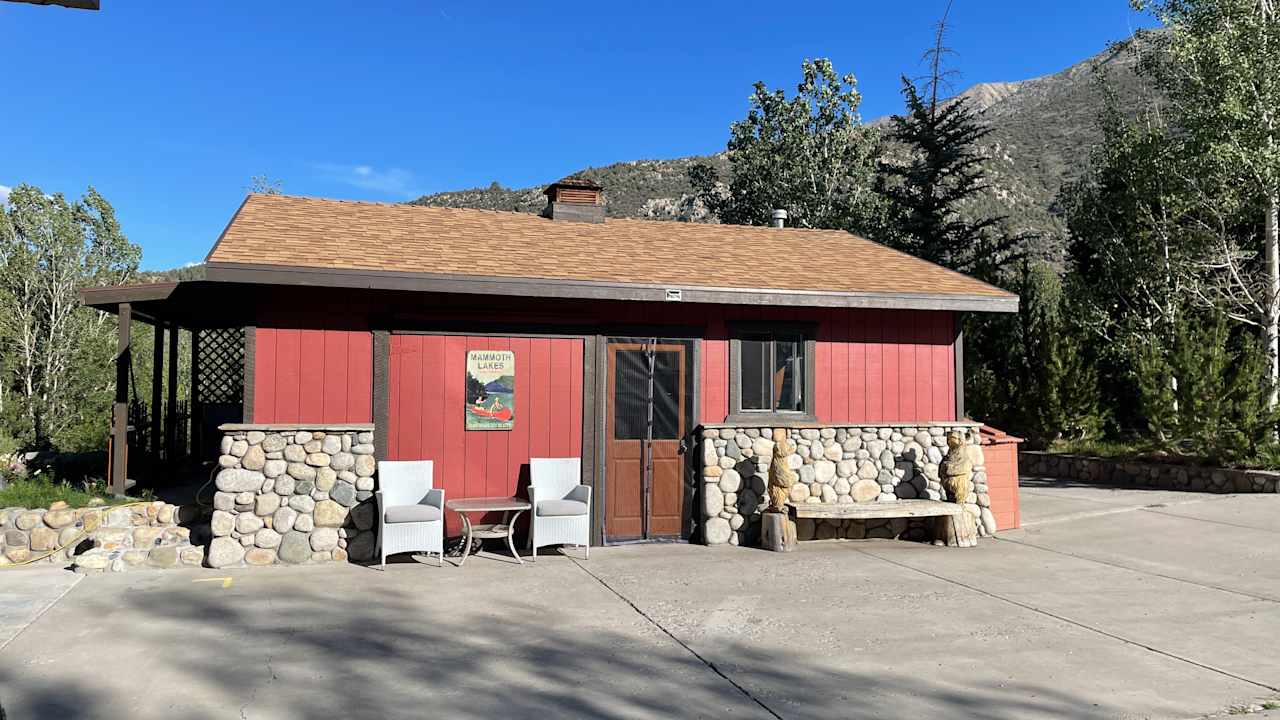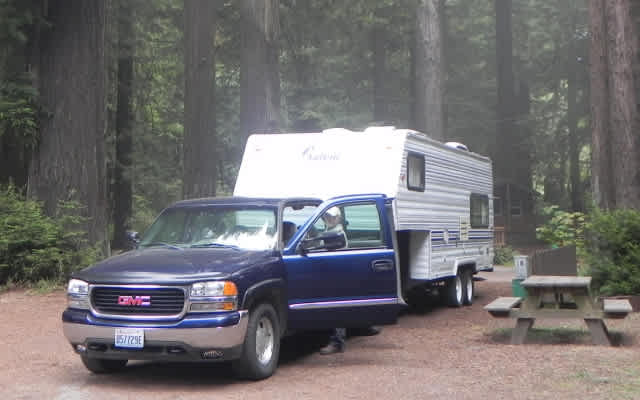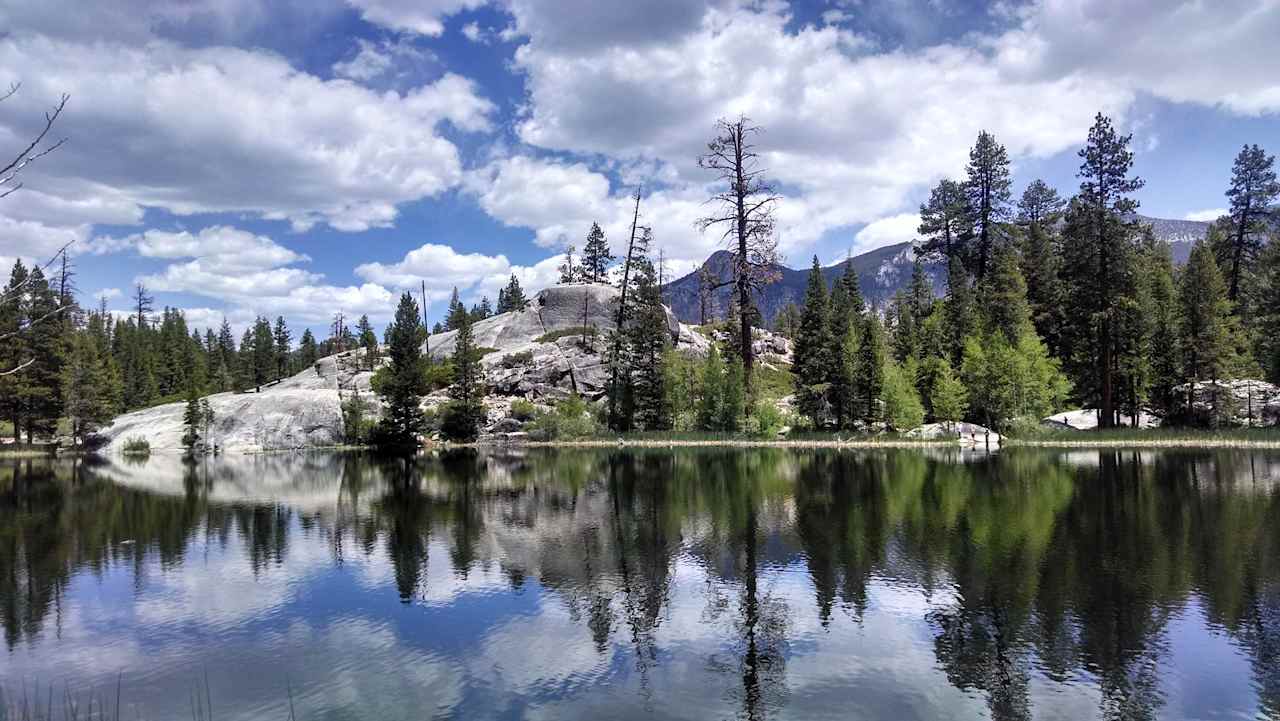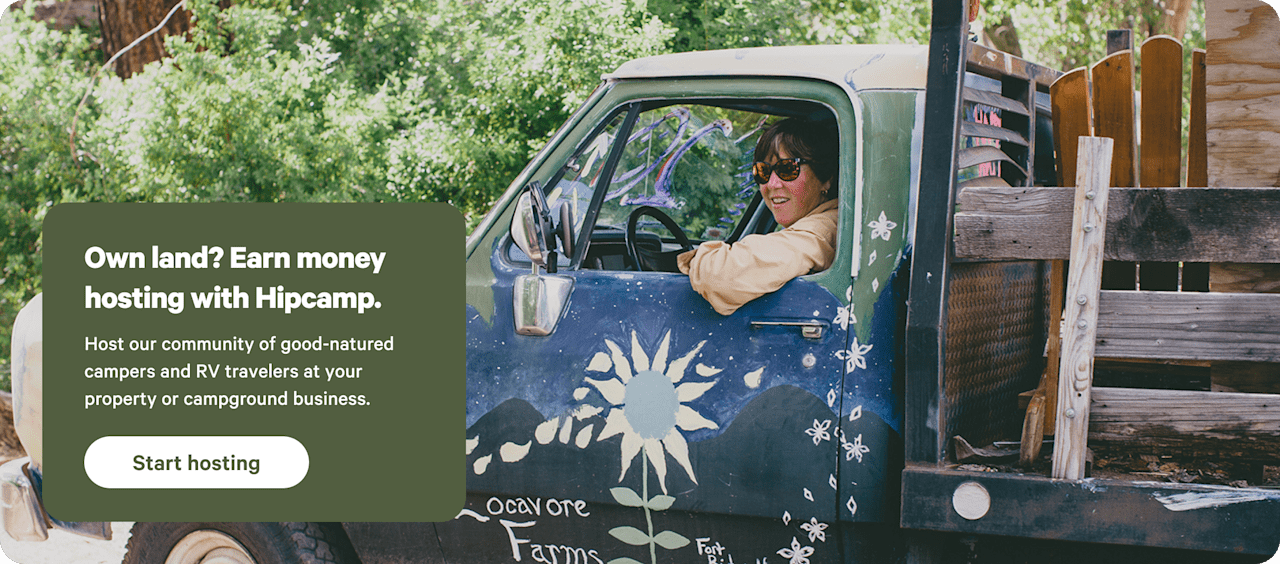Camping near Bishop
An ideal base for exploring the Eastern Sierra in all seasons, with hikes and hot springs nearby.
- Bishop
Popular camping styles for Bishop
5 top campgrounds near Bishop
Available this weekend
Dog-friendly getaways
Nearby parks
Explore the area’s public lands.
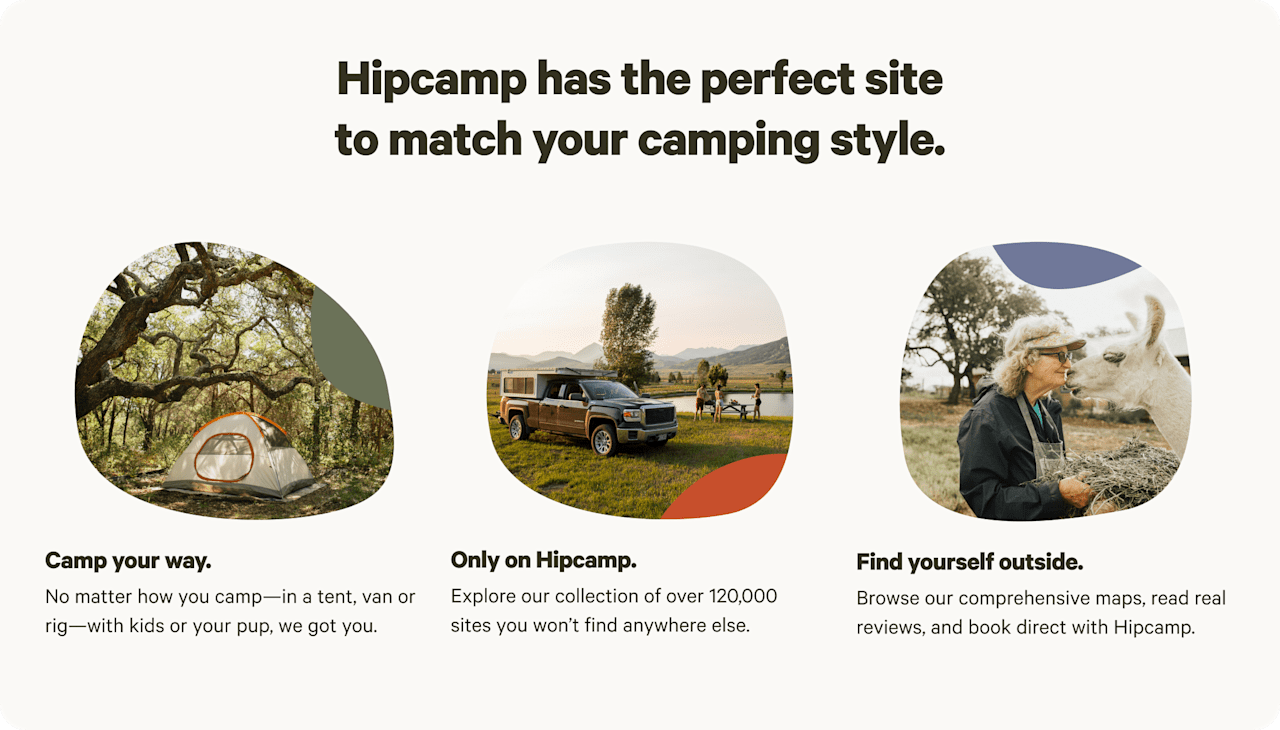

Camping near Bishop guide
Overview
Midway between Lone Pine and Bridgeport on scenic U.S. Highway 395, Bishop is a popular jumping-off point for campers exploring the eastern side of the Sierra Nevada. Nestled between the Inyos and White Mountains at the northern end of the Owens Valley, it’s the biggest small town around. Bishop is a good place to grab a bite and replenish supplies, including fresh coffee, baked goods, and books. Then get ready to explore glacial creeks, alpine lakes, ancient bristlecone pines, and mountain canyons in the high desert—all within close proximity. Wherever you stay, options for outdoor fun are pretty much endless.
Where to go
Around Bishop
You’ll find a range of RV parks and resorts with full hookup sites, glamper cabins, and on-site cafes that let you enjoy the outdoors with all the comforts of home. Check out Keough Hot Springs, with year-round camping and rustic tent cabins near the natural hot springs pool. Anglers head to trout fishing havens along Bishop Creek and Lake Sabrina, many within a short distance of campgrounds.
Inyo National Forest
Some of the wildest camping spots near Bishop are tucked away in the Inyo National Forest. Head west to North Lake Campground perched within a rugged granite landscape. (Sorry RVers, this one is for tents only.) You’ll wake up to fresh mountain air and excellent views of Table Mountain from Four Jeffrey Campground.
Big Pine Canyon
There are plenty of RV and tent-only sites among several campgrounds situated along Big Pine Creek, which is accessed up a windy mountain road from the namesake town. Day hikers and backpackers can head into the backcountry for a rigorous yet stunningly scenic uphill trek to Temple Crag and the Palisade Glacier, passing up to seven alpine lakes en route.
Ancient Bristlecone Pine Forest
Craggy mountains tower amid the world’s oldest trees: the bristlecone pines. A visit to both Schulman Grove and Patriarch Grove is recommended, as both are popular for photography.
Lone Pine
To the west of this neighboring town lie the Alabama Hills and Mt. Whitney trailhead, from which prepared hikers can summit the highest peak in the contiguous U.S. (14,505 feet). But drive east of Highway 395 and you’ll enter Death Valley National Park, with an elevation below sea level.
When to go
Owing to the harsh mountain winters, campsites are typically available spring through fall, but cross-country skiing, snowshoeing, and winter hikes abound, especially delightful with natural hot springs to warm up in. Summer weather makes for excellent hiking conditions and spring flowers bloom late in the high country, around mid-July. Vivid autumn foliage draws visitors in the off-season. Get an early start if you plan to visit the Ancient Bristlecone Pine Forest, best photographed in the early morning light.
Know before you go
- The White Mountain Public Lands Information Center in downtown Bishop is open all year, providing maps and information for the region.
- Many Inyo campgrounds are first-come, first-served, so be sure to get an early start.
- If you're traveling in the spring or early summer, don't forget to pack some bug spray—the mosquitoes have a taste for campers.
- Wilderness permits are required for overnight trips into the John Muir Wilderness. Permits are issued at Inyo National Forest visitor centers.
- Look out for summer thunderstorms if you plan to hike at high elevations.

